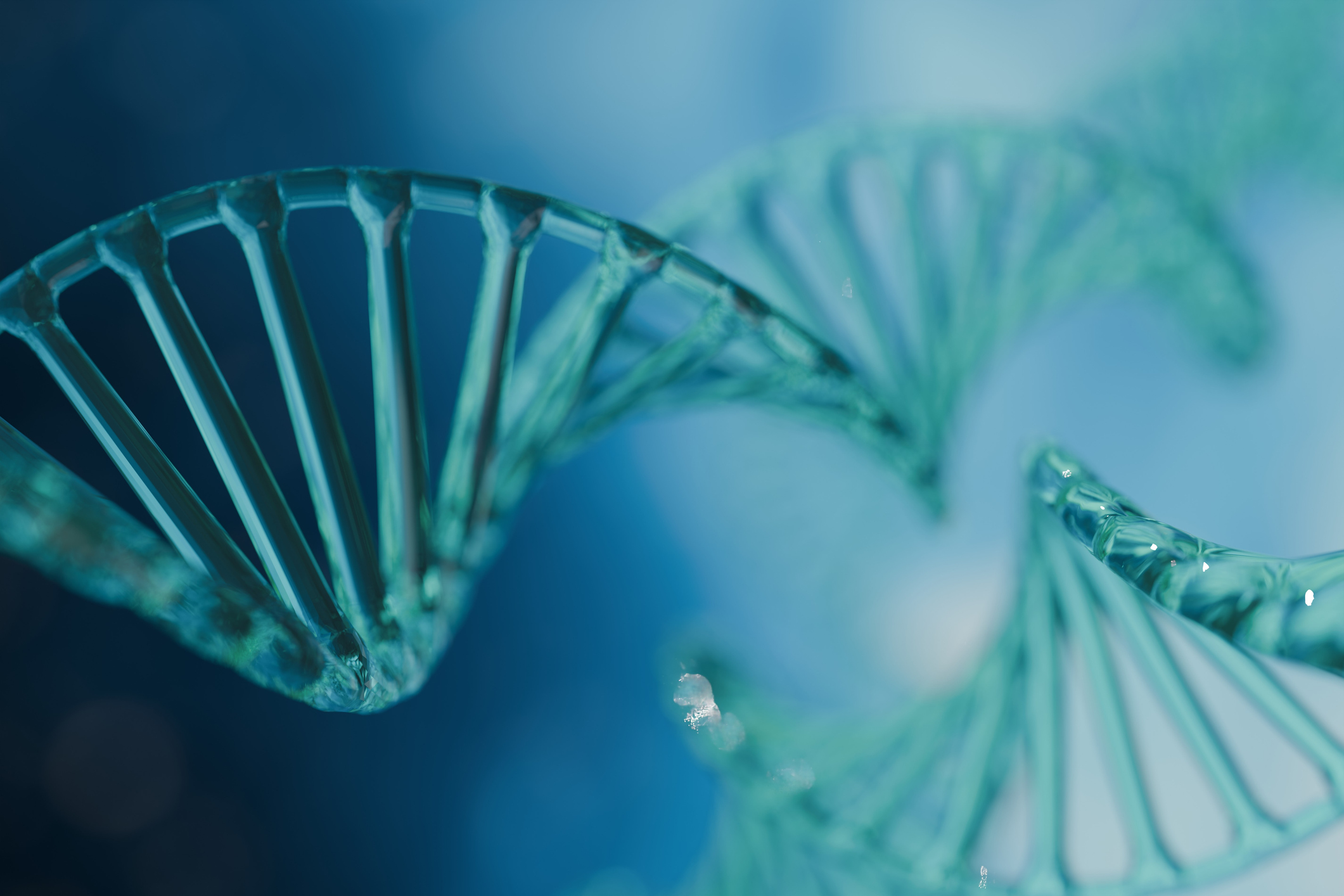
"Ciliopathies, a group of genetic disorders, are caused by defects in the structure or function of cilia, tiny hair-like organelles found on nearly all cells in the body. These cilia act as sensory and signaling hubs, playing critical roles in development, tissue maintenance and physiological processes. When they malfunction, they disrupt cellular signaling and transport, leading to widespread effects across multiple organ systems."
""For hundreds of years, we thought cilia weren't doing anything important," said Erica Davis, PhD, professor of Pediatrics and of Cell and Developmental Biology, who was the senior author of the study. "As it turns out, they're so critical for development and homeostasis because this is how cells talk to each other during early development, during regenerative processes and how they sense their extracellular environment. If the cilia are not working, many things can go wrong.""
"In the study, investigators discovered variants in CEP76 in eight unrelated individuals who presented with a range of symptoms, including neurodevelopmental delays, vision problems and other multisystemic issues. Using patient-derived cells and zebrafish models, Davis and her collaborators observed defective cilium formation, shortened cilia and disrupted architecture at the transition zone - an essential gateway for molecular traffic in and out of the cilium. These defects were linked to impaired protein transport along the cilium."
Mutations in CEP76 were found in eight unrelated individuals with neurodevelopmental delay, vision impairment, and other multisystemic abnormalities. Patient-derived cells and zebrafish models showed defective cilium formation, shortened cilia, and disrupted architecture at the transition zone. Transition-zone disruption reduced molecular traffic and impaired protein transport along the cilium. Proteomic mapping of CEP76 interactions identified known partners CCP110 and CEP97 as well as newly associated proteins ALMS1 and LUZP1. ALMS1 is the genetic cause of Alström syndrome, while LUZP1 emerges as a candidate ciliopathy gene. CEP76 dysfunction thus links compromised ciliary structure and trafficking to multisystem clinical manifestations.
Read at News Center
Unable to calculate read time
Collection
[
|
...
]